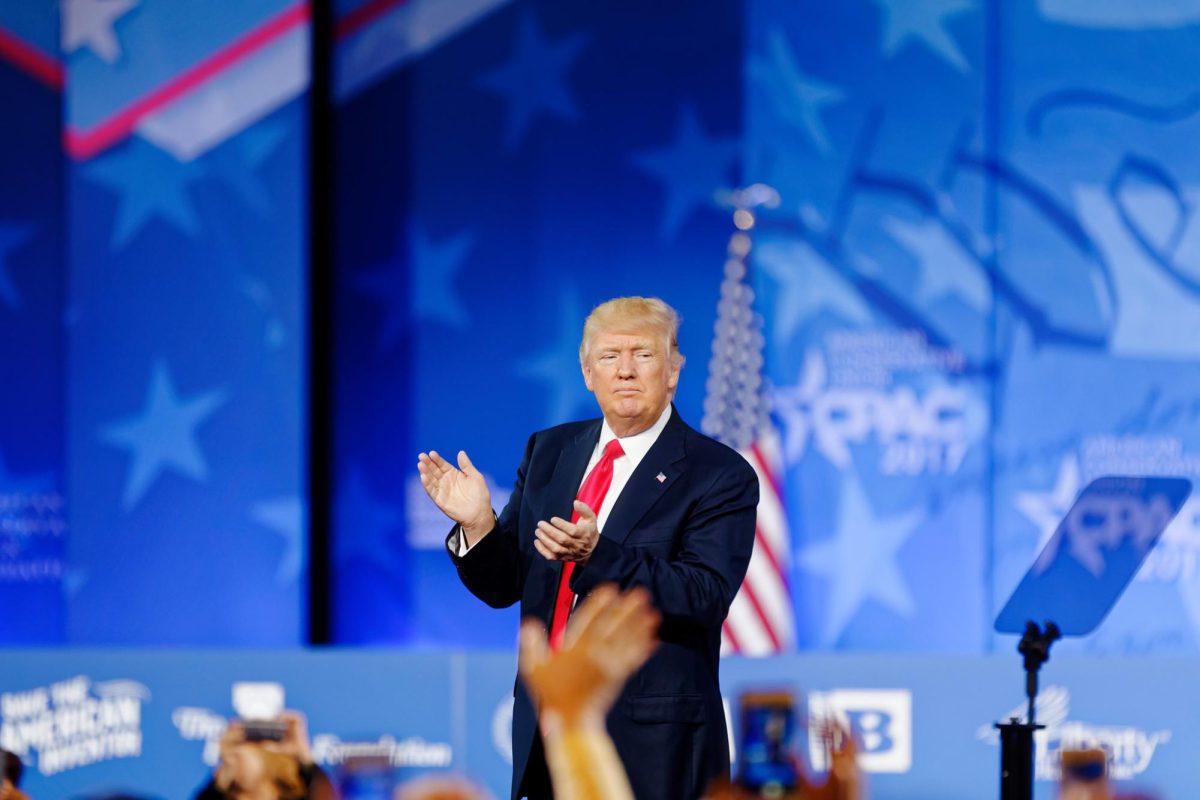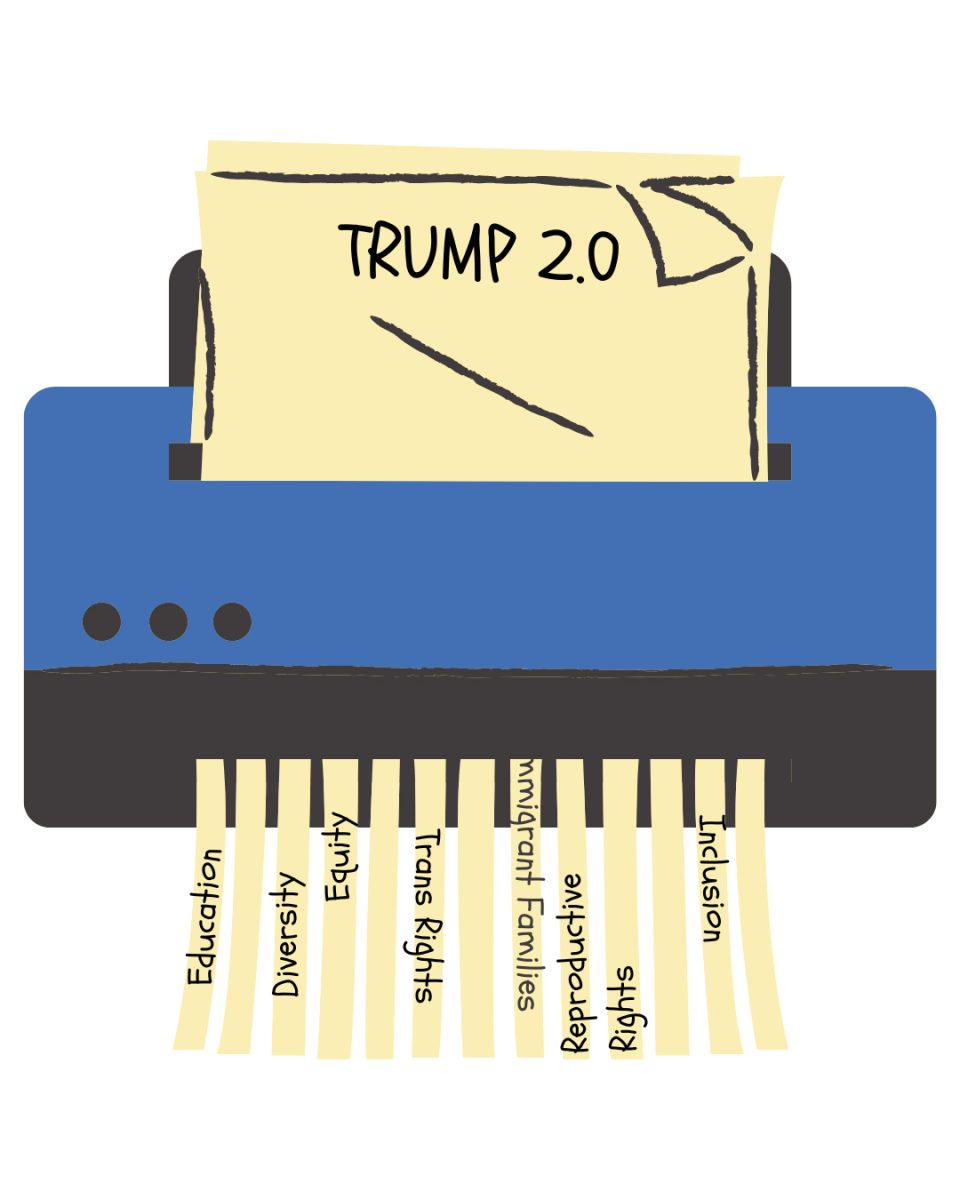Since his campaign was first launched in the summer of 2015, Donald Trump has boasted about his idea for a massive wall that he wants to build along the U.S. Mexico border. According to Fortune, Congressional Republicans expect the wall to cost between $12 billion and $15 billion, not including the cost of acquiring land. The monetary cost of the wall is staggering, but money is hardly the only thing at stake—the very land itself is endangered, but Trump doesn’t seem to care.
President Trump’s ignorance to the ecological and historical cost of building a wall on the border between the U.S. and Mexico is a testament to his blatant disregard for environmental issues. In a world where concerns about the climate and the environment should be growing, Trump has consistently undermined the efforts of scientists and conservationists alike to improve the health and preserve the beauty of this country.
From 2008 to 2016, President Barack Obama used executive action to establish much-needed regulations to protect the environment from the rapidly increasing amount of pollutants released into the atmosphere each year. Over the past 13 months, President Trump has overturned at least 15 rules and regulations put in place by the Obama administration and beyond, ranging from the use of fracking on public land to the dumping of harmful mining waste into streams. One of the most politicized of these reversals was Trump’s decision to withdraw from the Paris Agreement on climate change mitigation in June of 2017. His reasoning for this decision— that it would negatively impact the U.S. economy—comes from his ignorance of the economic realities confronting the decaying coal and fossil fuels industry as a whole.
The Americans who make up Trump’s voter base include many rural Americans who are employed in shrinking industries like mining. These Americans face a greater risk of losing their jobs as our economy moves away from the industrial foundations of the past. By overturning environmental regulations, Trump is ignoring the fact that the economy is rapidly using clean energy in the place of the fossil fuels and coal. This imminent shift will adversely affect Americans whose jobs have been revitalized, but only temporarily, by Trump’s efforts to bolster a industry that has been naturally declining for years. Instead of finding ways to bring these industries up to code with regulations that require them be sustainable in the modern era, Trump is only prolonging the inevitability of Americans losing their jobs while providing no alternatives for them to earn a viable income.
While the economic harms of Trump’s efforts to dismantle environmental regulation are huge, the historical and ecological impacts of his decisions are even more disastrous. Trump’s appointees to head the Environmental Protection Agency (Scott Pruitt) and the Department of the Interior (Ryan Zinke) have been an embarrassment to those truly dedicated to preserving our country’s environment and its historical legacy.
Pruitt’s position as the administrator to the agency responsible for protecting the health of America’s citizens and environment is laughable. Before his appointment as head of the EPA, Pruitt served as Oklahoma’s attorney general and fought hard against the agency’s regulations, even suing the EPA a grand total of 13 times. It is obvious why Trump selected Pruitt to run the EPA—to cause irreparable harm to the agency’s purpose as a purveyor of science and environmental accountability.
Zinke isn’t any better. Via executive order in April 2017, Trump called on his Secretary of the Interior to review the size of 40 national monuments in order to explore redefining their boundaries. Zinke’s review, which found its way to the president’s desk last August, prompted one of the most radical reductions of public land in American history. Bears Ears National Monument, located in southeastern Utah, was reduced from 1.35 million acres to roughly 15 percent of its original size (201,876 acres). Around the nation, protests were heard from conservationists and Native American Tribal coalitions. The order caused thousands of acres of land full of puebloan artifacts and dwellings to become unprotected from public looting as well as open for drilling and mining operations.
Regulations placed on national monuments are there for a reason: to preserve areas of historical, scientific and archaeological significance so they can be accessible to future generations. Big Bend National Park, which was designated in the ‘40s, continues to be one of America’s most valued natural wonders, and will remain close to the hearts of Texans for years to come. Trump’s plans to build a wall through the vast desert landscape threatens not only a beautiful part of this state and nation but also our duty to protect the environment for the generations that will inherit the environment we leave behind.








